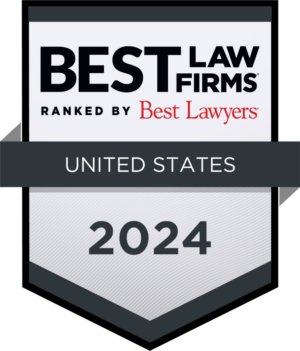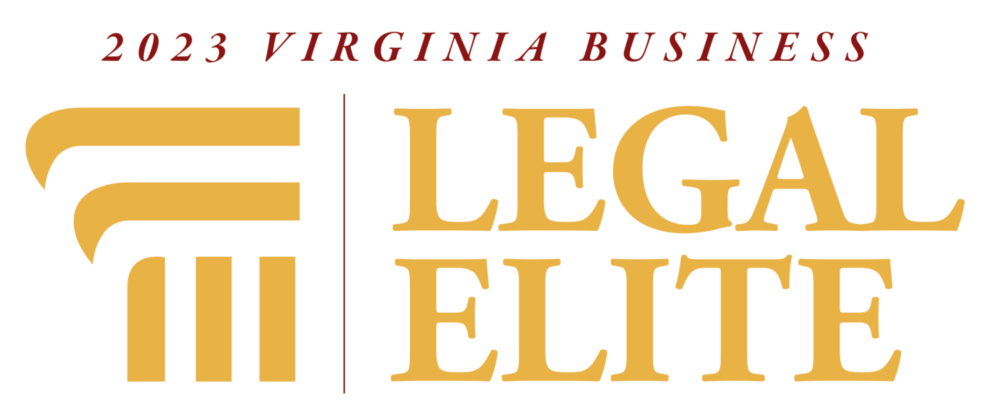By Masahito Yokoyama and Scott Daniels
An “expert witness,” unlike the more common “fact witness,” may testify about opinions on issues on which he or she is expert. But what qualifies a witness to be an expert? Broadly speaking, the witness must have special experience in the relevant technical area, so that the trial judge may be confident in the reliability of his or her opinion.
An expert witness is often critically important in patent cases and may testify from the perspective of one skilled in art on technical issues such as claim construction, validity, and infringement, but only if the witness has “ordinary skill in the art.” In other words, the witness “must have at a minimum, ordinary skill in the art.” The question of whether a witness met that requirement arose recently in the CAFC’s decision in Osseo Imaging, LLC v. Planmeca USA Inc., Docket No. 23-1627 (Sept. 4, 2024).
In that case, the lower court defined that level of skill in the art as “three to five years of diagnostic imaging experience.” After hearing relevant preliminary testimony regarding the defendant’s expert witness, the lower court accepted him as an expert in the technical field in dispute and permitted him to give opinion testimony on the infringement issue. In the end, the patent was found by the lower court to be not infringed, and the patentee appealed to the CAFC.
The patentee argued to the CAFC that there should be a timing requirement for determining whether a witness qualifies as an expert; specifically, it argued that an expert witness must possess the requisite ordinary skill in the art “at the time of the alleged invention” before being allowed to opine on infringement. More particularly, the patentee argued that the lower court erred in denying JMOL (“judgment as a matter of law”) of noninfringement because Defendant’s expert witness became a person of ordinary skill 8 to 10 years after the time of the invention—he did not have that skill at the time of the invention, so that the verdict was not supported by his testimony.
The CAFC disagreed. First, the CAFC reviewed the primary precedential decision relied upon by the patentee and found that it does not state, either explicitly or implicitly, that an expert must be a person of ordinary skill in the art at the time of the invention to offer expert testimony from the viewpoint of a skilled artisan.
Second, the CAFC saw no logical reason for imposing such a new, enhanced requirement on expert witnesses, either in general or in this case. “Even assuming [that the patentee] is correct in asserting that that [defendant’s expert witness] did not have the requisite 3 to 5 years of diagnostic imaging experience until 8 to 10 years after the time of the invention, we are not convinced that [defendant’s expert witness’s] infringement analysis was unreliable such that it cannot form a basis for supporting the jury verdict” (emphasis added).
The CAFC explained that an “expert need not have acquired that skill level prior to the time of the invention to be able to testify from the vantage point of a person of ordinary skill in the art.” Instead, “an expert can acquire the necessary skill level later and develop an understanding of what a person of ordinary skill knew at the time of the invention.”
The CAFC therefore found no reversible error and affirmed the lower court’s judgment of non-infringement.
Although ruling in favor of the defendant’s expert witness, the CAFC made two interesting observations for future cases:
“the fact that the expert was not a person of ordinary skill at the time of the invention may well be used during cross examination to undermine the credibility of the expert”; and
an expert who later obtains the needed knowledge may avoid possible damage to his or her credibility by explaining to the judge and jury how he or she gained the perspective of a person of ordinary skill at the time of the invention.
Takeaways: In addition to noting these very specific observations by the CAFC, practitioners should carefully consider three aspects of the definition of “the person of ordinary skill in the art”: (i) the date of the alleged invention, (ii) the length and type of experience needed to be such a skilled person, and (iii) the precise scope of the technical field. Where the expert witness is weak or compromised on any of these aspects, there is a risk that the trial judge will not permit him or her to testify. But even where the witness is permitted by the judge to testify, the effectiveness of that testimony may be reduced.









